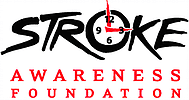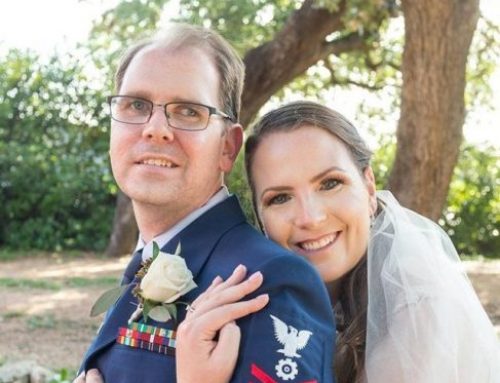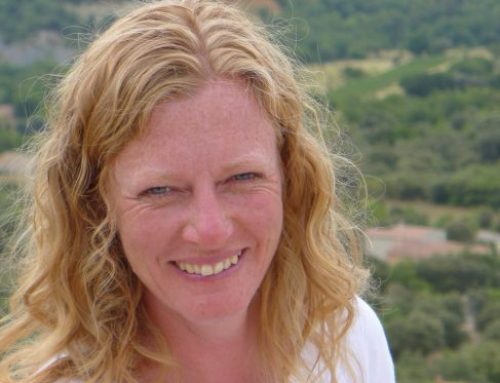 People think that only unhealthy people have strokes. That is so not true,” says stroke advocate and survivor Elizabeth Diaz. A fit runner, clean eater, and mother of two young children, Elizabeth was not a conventional candidate for stroke. She didn’t have high blood pressure or high cholesterol. She didn’t smoke. There was no family history of stroke, and, she emphatically reiterates, “I was young! I was 43 years old.”
People think that only unhealthy people have strokes. That is so not true,” says stroke advocate and survivor Elizabeth Diaz. A fit runner, clean eater, and mother of two young children, Elizabeth was not a conventional candidate for stroke. She didn’t have high blood pressure or high cholesterol. She didn’t smoke. There was no family history of stroke, and, she emphatically reiterates, “I was young! I was 43 years old.”
Prior to January 8, 2017, stroke never crossed Elizabeth’s mind. “Now I know too much,” she says. Elizabeth went to bed a “normal person” only to discover the next morning when she fell on her way to the restroom that her left side was paralyzed, her vision was impaired, and she had slurred speech. Elizabeth’s husband recognized these signs of stroke and immediately drove her to Hazel Hawkins Memorial Hospital (HHMH) in Hollister.
A CT scan revealed a blood clot in Elizabeth’s brain. She was approved for immediate transfer to Good Samaritan Hospital, a certified Comprehensive Stroke Center, under the care of neurologist Dr. Noor Sachdev. Within a few hours, Elizabeth was in surgery.
Ten days after Dr. Sachdev and his team removed the blood clot from Elizabeth’s brain and repaired a tear they detected in her carotid artery (known as carotid artery dissection, the condition can form blood clots that lead to stroke), Elizabeth was admitted to Good Samaritan’s Inpatient Rehabilitation Program at Mission Oaks for three weeks of intensive therapy. Stroke had left her unable to walk, talk, or care for herself. Though Elizabeth was mostly recovered upon release from Mission Oaks, she lacked function in her left arm and hand. She continued rehabilitation therapy for five months at an outpatient program at HHMH, and now works independently to further develop strength in her hand. “This is when people give up, when their arm won’t work” she says.
Elizabeth’s persistence with rehabilitation is just one experience she shares today as a peer mentor with stroke survivors. She also speaks candidly about frustrations with pain and therapy, fear of another stroke, and emotional realizations. “Everybody wants you to be who you were before your stroke, but you’re not that person anymore,” Elizabeth says. “And that’s okay.”
Despite the challenges she’s faced with stroke, Elizabeth is steadfast in her commitment to a bright future. “There is definitely life after stroke,” she says.



